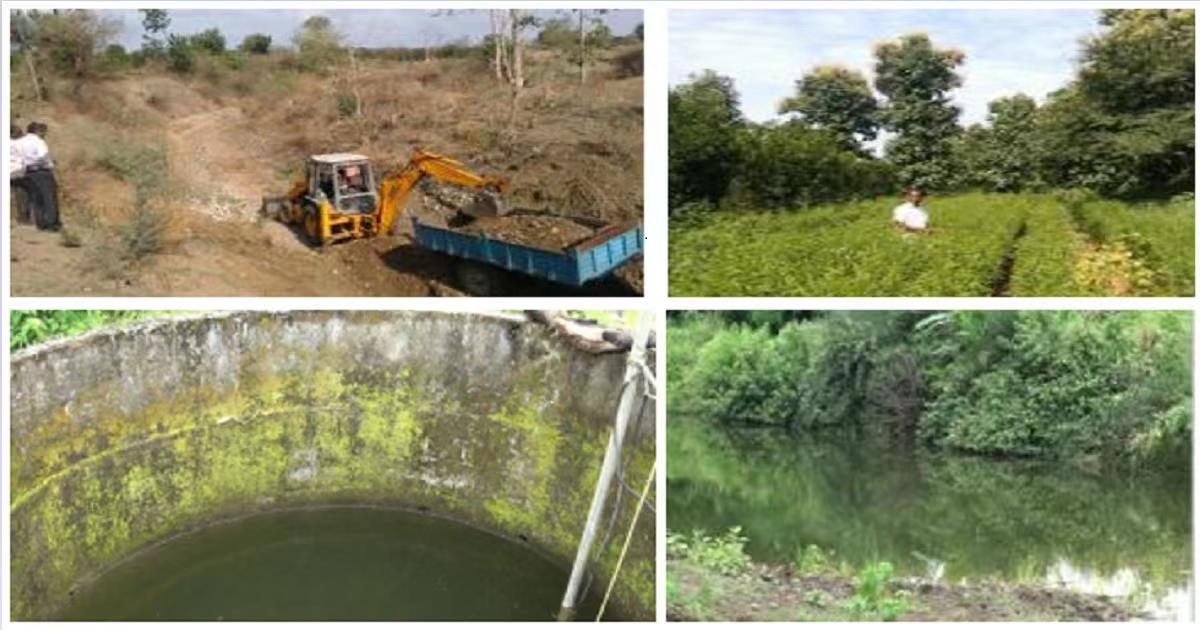Sustainable Agriculture — Practices and Implications
A special issue of Agronomy (ISSN 2073-4395). This special issue belongs to the section "Farming Sustainability".
Deadline for manuscript submissions: closed (31 July 2023) | Viewed by 3560

Special Issue Editors
Interests: area specific sustainable practices; soil science; pedology; land evaluation; land use planning
Special Issue Information
Dear Colleagues,
Sustainable agriculture (SA) is the efficient production of safe, high-quality agricultural products in such a way that protects and improves the natural environment and the social and economic conditions of the farmers, their employees, and local communities. It also safeguards the health and welfare of all farmed species. Sustainable agriculture practices include organic farming, agroforestry, natural farming, sustainable rice intensification, precision farming, crop rotation, inter-cropping, and cover crops. Integrated pest and disease management, vermicomposting, contour farming, mulching, integrated farming system, rainwater harvesting, artificial recharge of groundwater, and floating farming are also a part of SA. The applications of one or more sustainable practices on a piece of land are based on three interactive components, economic profitability, environmental stewardship, and social responsibility. Degradation on 121 million hectares in India and on 2 billion hectares globally indicated an imbalance in the outlined factors. These call for a better understanding of area-specific sustainable practices and agroecological approaches for their up-scaling. The Special Issue aims to discuss sustainable agricultural practices, their design, management, and implications in a geographic setting to address the objectives of sustainable intensification of the food production systems, alternative farming systems, climate change food security and safety, food loss innovation and waste management, crop storage, and household treatment.
Dr. Surendra Kumar Singh
Guest Editor
Dr. Vadivel Arunachalam
Guest Editor Assistant
Manuscript Submission Information
Manuscripts should be submitted online at www.mdpi.com by registering and logging in to this website. Once you are registered, click here to go to the submission form. Manuscripts can be submitted until the deadline. All submissions that pass pre-check are peer-reviewed. Accepted papers will be published continuously in the journal (as soon as accepted) and will be listed together on the special issue website. Research articles, review articles as well as short communications are invited. For planned papers, a title and short abstract (about 100 words) can be sent to the Editorial Office for announcement on this website.
Submitted manuscripts should not have been published previously, nor be under consideration for publication elsewhere (except conference proceedings papers). All manuscripts are thoroughly refereed through a single-blind peer-review process. A guide for authors and other relevant information for submission of manuscripts is available on the Instructions for Authors page. Agronomy is an international peer-reviewed open access monthly journal published by MDPI.
Please visit the Instructions for Authors page before submitting a manuscript. The Article Processing Charge (APC) for publication in this open access journal is 2600 CHF (Swiss Francs). Submitted papers should be well formatted and use good English. Authors may use MDPI's English editing service prior to publication or during author revisions.
Keywords
- area specific sustainable practices
- opportunity and challenges
- policy ecosystem





